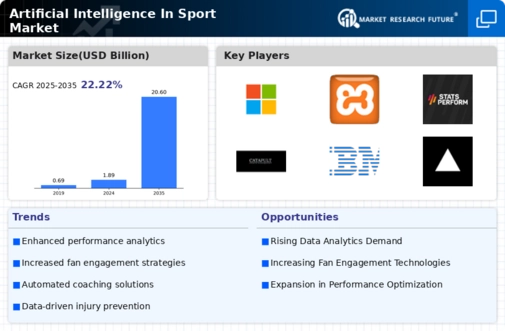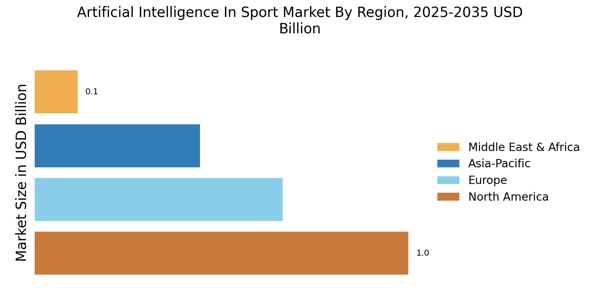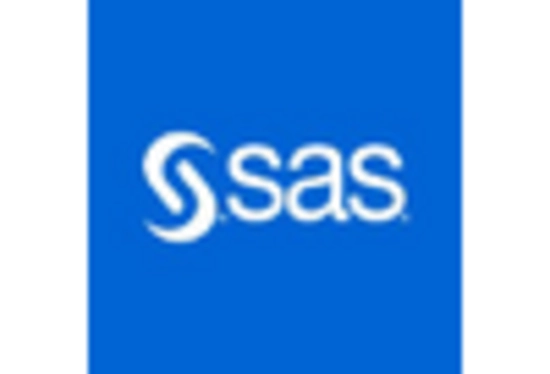Enhanced Fan Engagement
The role of Artificial Intelligence in Sport Market extends beyond the field, significantly enhancing fan engagement. AI technologies, such as chatbots and virtual assistants, are being utilized to provide real-time information and personalized experiences for fans. These innovations allow sports organizations to interact with their audience more effectively, fostering a deeper connection between fans and teams. Additionally, AI-driven analytics help organizations understand fan preferences and behaviors, enabling them to tailor marketing strategies accordingly. The market for AI in fan engagement is expected to grow, with projections indicating a rise in revenue generated from personalized fan experiences. This trend highlights the increasing importance of AI in creating immersive and engaging sports experiences.
Enhanced Decision-Making
The integration of Artificial Intelligence in Sport Market is revolutionizing decision-making processes for coaches and managers. AI systems analyze vast amounts of data, including player statistics, game footage, and opponent strategies, to provide actionable insights. This capability allows teams to make informed decisions regarding player selection, game tactics, and training regimens. As a result, organizations are increasingly adopting AI technologies to enhance their competitive edge. The market for AI in sports analytics is projected to grow significantly, with estimates suggesting a compound annual growth rate of over 25% in the coming years. This trend indicates a strong demand for AI-driven solutions that facilitate better decision-making in sports.
Personalized Training Programs
Artificial Intelligence in Sport Market is enabling the development of personalized training programs tailored to individual athletes' needs. By leveraging machine learning algorithms, AI can assess an athlete's performance metrics, physical condition, and training history to create customized workout plans. This personalized approach not only optimizes training efficiency but also minimizes the risk of injury. The market for AI-driven training solutions is expanding, with a notable increase in investment from sports organizations seeking to enhance athlete performance. Reports indicate that the adoption of AI in training methodologies could lead to performance improvements of up to 15% in elite athletes, underscoring the potential benefits of AI in sports.
Data-Driven Strategy Development
The emergence of Artificial Intelligence in Sport Market is facilitating data-driven strategy development for teams and organizations. AI systems can process and analyze complex datasets, including player performance, game statistics, and opponent analysis, to inform strategic planning. This capability allows teams to develop more effective game strategies and adapt to changing conditions during matches. The increasing reliance on data analytics in sports is evident, with many organizations investing heavily in AI technologies to gain a competitive advantage. The market for AI in strategy development is projected to grow, with a focus on enhancing tactical decision-making and improving overall team performance.
Injury Prediction and Prevention
Injury prediction and prevention is a critical focus area within the Artificial Intelligence in Sport Market. AI algorithms analyze historical injury data, player biomechanics, and training loads to identify patterns that may indicate a higher risk of injury. By implementing AI-driven monitoring systems, teams can proactively manage athlete health and reduce the incidence of injuries. This proactive approach not only benefits athletes but also has financial implications for sports organizations, as injuries can lead to significant costs. The market for AI in injury prevention is anticipated to expand, with estimates suggesting that AI technologies could reduce injury rates by up to 30%, thereby enhancing overall team performance and sustainability.


















Leave a Comment